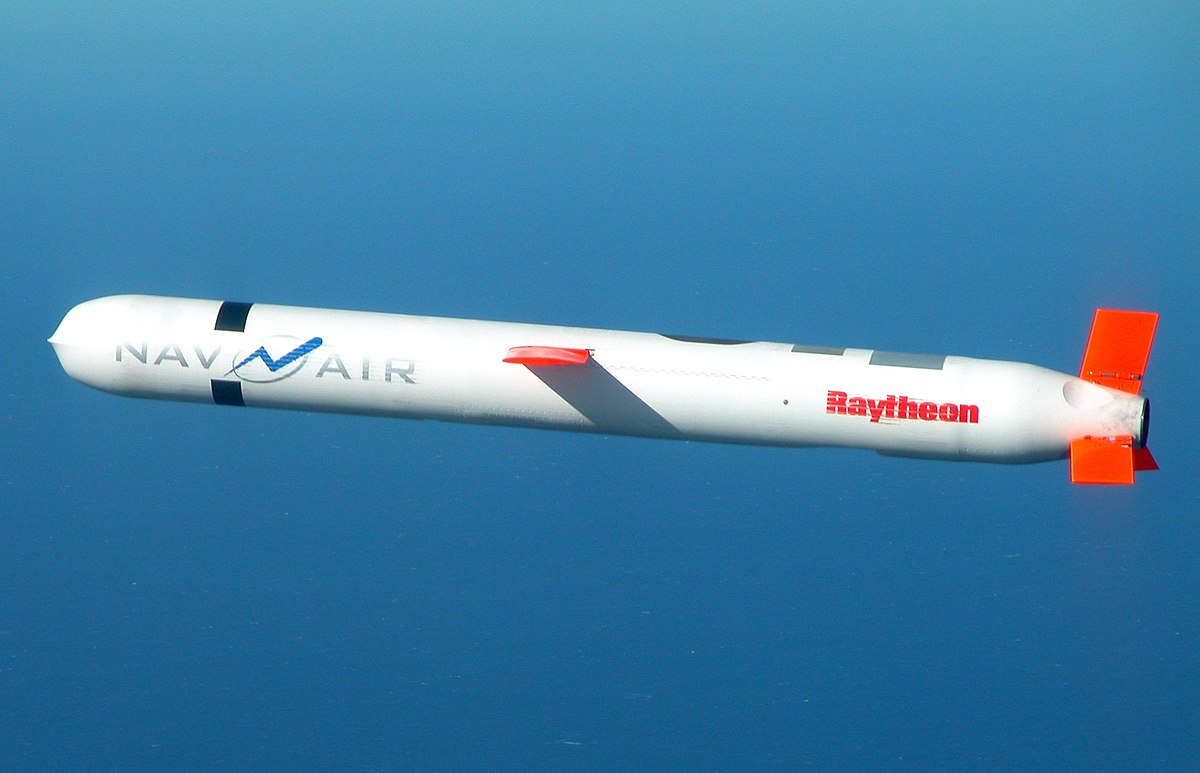London (Parliament Politics Magazine) – On October 15th, Russia launched a big massive attack on some Ukrainian cities. As a result, they fired around 90 missiles. However, according to some sources, the destruction is massive. It is much higher as compared to the first day of a large-scale invasion. According to the update from Air Force Command, 70 Kh-101/Kh-555 missiles were fired.
They come straight from Tu-95 strategic bombers from the North side of the Caspian Sea. It also comes from Volgodonsk which is a Rostov Region. The number of Russian cruise missiles is going down. A huge number of missiles including 20 Kalibr missiles are launched into the Black sea through the carrier ships.
How Many Missiles Does Russia have?
According to data, air defense forces have destroyed around 73 enemy cruise missiles. While another 15 missiles hit the residential buildings and infrastructure facilities. Many cities in Ukraine are under threat and a lot more causalities are reported. It seems Russia has to work harder to increase the number of missiles in future.
If sources are believed another two Kh-101 missiles crashed in Poland. This is only a few kilometers away from the Ukrainian border and has killed two people. The Ukrainian Ministry of Defense has confirmed that Russia has around 727 Kalibr missiles.
These are major types of missiles that are fired directly from the Black Sea. Another 213 Kh-101/Kh-555 air-to-surface missiles and 124 Iskander short-range ballistic missiles are also present with them.
Three cruise missiles launched on Ukraine this morning from Russian ships in the Black Sea crossed Moldova’s airspace.
I instructed that Russia’s ambassador be summoned to provide an explanation.
— Nicu Popescu (@nicupopescu) October 10, 2022
Russia has used at least four Kalibr and three Iskanders with other 13 Kh-101/Kh-555 missiles by November 15th. After taking into account the number of missiles used on November 15th Russia still has 539 missiles.
It includes 121 Iskander missiles along with 248 Kalibr missiles. The total goes up to 170 Kh-101/Kh-555 missiles. Since the invasion, Russia has spent a total of 1305 missiles out of the 1,844 they had since February 2022. However, the remaining 539 missiles will be enough to make similar five or six strikes.
What Other Missiles Does Russia Have?
Iskander, Kalibr, and Kh-101/Kh-555 aren’t the only missiles left in Russia’s arsenal. The rest are sparse (Kinzhal, Oniks) that are not have high precision. If we talk about (Kh-22, and Kh-55), the range is now becoming shorter than before. Some of them are in the short range (Tochka U, Kh-59).
Around 539 high-precision missiles are still left with Russia. They seem to be more than enough for another five to six strikes. They can handle much more missile attacks. Russia is planning to launch another 20-50 high-precision missiles very recently.
Today eight Russian cruise missiles attacked Vinnytsia, a peaceful city in the very center of Ukraine. @tim_cook @sundarpichai @Apple @Google You can do more for peace — block access to @AppStore and @GooglePlay from Russia!
— Mykhailo Fedorov (@FedorovMykhailo) March 6, 2022
It will increase the total number of launches by making use of non-precision missiles. The list also includes short-range missiles and S-300 surface-to-air missiles. Most of them have hit the cities that are closer to the frontline. However, the range of such ‘reworked’ missiles will not exceed 50-60km.
The quantity of ammunition is another question though. While the reworked S-300 system and several munitions are not yet known. However, the number may exceed a thousand or more. There is a limited range of Tochka U and Kh-59 missiles. It may not be more than 1000 for each type. While the total number of Oniks missiles is around 400. These Kinzhal missiles are more like display weapons as they are manufactured in smaller quantities.
Russia Cannot Quickly Replenish The Fleet Of Missiles
According to many updates, Russia will not be able to replenish its fleet of missiles very quickly. During the days of the USSR, hundreds of factories were working throughout the country. Even then only a few hundred missiles were produced each year. The rate of production has probably decreased by now.
Additionally, the relationship between Russian Federation and its neighbors is deteriorating day by day. They are looking to create a new stockpile of missiles on all the prominent borders. This is the reason why the number of strikes with Iskanders fell sharply.
After this attempt, only 130 of these missiles are left which is quite low. This number of highly important and must be kept in the operational service. Another three Iskanders are used between October 10th and November 15th. This is due to the arrival of new missiles from various factories.
Read More: Clever Ways To Afford Decent Standard of Living in London
The cost of strikes in Ukraine is around $1,040,000,000. Russia is bearing this cost all this time. Since February 24th Russia has spent $7,537,000,000 for 1,305 missiles. Even though other countries are trying to negotiate with Russia, it doesn’t seem they are ready to let go of Ukraine easily. They have 1,300 missiles which is four times more than the NATO forces.


